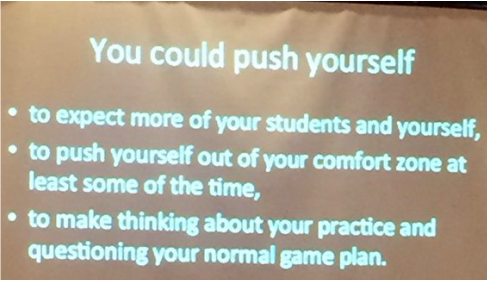 Last weekend I was one of the lucky 1200 people who came together to form a vibrant community of Math educators in Whistler, British Columbia at the Northwest 2015 Conference. All of the sessions that I attended were amazing, but the session that impacted me the most was IGNITE. For those of you not familiar with the term IGNITE, it is a style of presentation in which featured speakers are given five minutes to present on a topic using only 20 slides that auto-advance after 15 seconds. Below is brief synopsis of the the powerful messages I took away from the speakers! MARIAN SMALL - As educators, may we never cease to give a little extra push... CAROLE FULLERTON - Educators need to think and ask themselves "What if... questions?" and be willing to try new things, explore possibilities, and take risks. What if we gave our students opportunities to interact with Mathematics beyond determined grade levels, classroom walls, and text books? ALLISON HINTZ - Our Math community is vibrant. We are constantly learning and listening; Deeply listening is complex. Students listen the way they are heard. Classroom conversations are crucial to learning. Listening well allows us to be responsive educators. JANICE NOVAKOWSKI - Where is the wonder in your Mathematics class? Who's questions are students answering? We don't just play with manipulatives and math tools, we play with ideas. We need to nurture a sense of wonder. ANDREW STADEL - Is your Math class memorable or not? We need more memorable Mathematics? Which graphic best represents your class? ROBERT KAPLINSKY - When learning to ride a bike, we would never tell our kids to get off their bike and let us ride it for them. No, they need to struggle while learning to ride the bike themselves. In Math students need productive struggle. High rewards occur when this happens. How did I live what I learned this week?As mentioned in my bio, I am an Early Numeracy Teacher and have the privilege of working in an inner city school with three wonderful teachers and their amazing students twice each week. In the K/1 and Grade One classes this week, we played with popcorn and ghosts in Math, which was a BIG hit and I hope very memorable (thanks Andrew!). In the K/1 class we had rich discussions about our ghosts (little ghosts in the K/1 class and one big class ghost in the Grade One class). The students shared their wonderings and their questions (thanks Janice!). I listened to their questions and their responses and we were able to explore one of their questions. They wondered how many pieces of popcorn it would take to fill either our little or big ghosts. 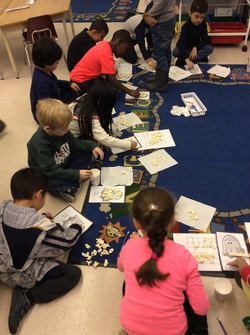 When thinking and planning for the Grade One class, I wondered if perhaps the large ghost might be too challenging for the class. Maybe the numbers they would need to count would be too challenging for some? But I remembered that we all need a little push and productive struggle (thanks Marian and Robert!). Before we began, we listened to their estimations. This listening provided a window in the students estimation skills and number sense (thanks Allison!). We provided each learner with a scaffold to assist them in counting their handful of popcorn. The K/1 class used ten frames as they were used to working with these. Their familiarity allowed them to understand when they had ten and some more. We assisted them in counting on beyond ten. I listened with both my eyes and ears as I observed whether students had one-to-one correspondence, and cardinality. The Grade Ones used a hundred's chart that had been blown up onto an 11 x 17 piece of paper. They placed one piece of popcorn on each number and circled the last number they placed a piece of popcorn on. After each student had counted and recorded the number of popcorn they had, they glued their popcorn down on the ghosts (individual ones for the K/1 students and the one class ghost for the Grade Ones).  After the Grade Ones had glued their popcorn on the ghosts we asked them to represent the number of popcorn they had counted and glued down us using base-10 blocks. Then we gathered as a class and discussed how we could determine how many pieces in all were on our class ghost. Although the trading in/regrouping to make tens and hundreds was a new concept for some students and a "productive struggle" (thanks Robert), I saw many students have ah-ha moments. I was grateful we provided a opportunity for a "push" for them (thanks Marian). The above popcorn ghost lessons were inspired and adapted from a lesson in Box it or Bag It Mathematics. My final period of the morning I spend with the Kindergarten class. They had been reading/singing the Five Little Pumpkins poem for the past few days. I wondered how we might bring alive the Math from the poem and create an engaging activity in which the students could all participate instead of just one or two individuals who moved our felt pumpkins on the felt board. Inspired by Kim Suttons' counting rope, I brought in pipe cleaners (thanks Sandra) and some orange beads. The students counted five beads or pumpkins as we called them and placed them on the fence (the pipe cleaner). We reenacted the story several times all together and the students moved their little pumpkins back and forth and told the Math stories (e.g., four and one is five AND when we switch our hands we learn that one and four is also five - the commutative property). The students were so excited with their little pipe cleaners and beads and were able to be creative and tell new and different math stories with their counting line. As I saw the joy in their faces, I wondered "What if I let them take these counting lines home? Would they retell the Five Little Pumpkins poem and share the Math with their families? Would they continue to create Math stories at home?" I decided I needed to see "What if?" and asked each of them to place their "pumpkins on the fence" in their backpacks (Thanks Carole for encouraging me to wonder what if!).
0 Comments
|
About Me
I am a Numeracy Helping Teacher with the Surrey Schools District. Each day I am thankful for being able to work with amazing students and teachers in an area I am passionate about ~ Mathematics! Subscribe:Click the RSS feed button
Archives
October 2018
Categories
All
|
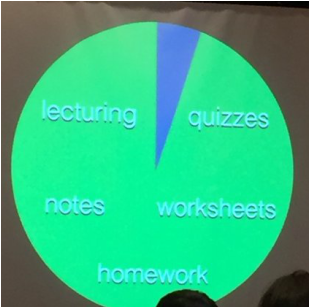
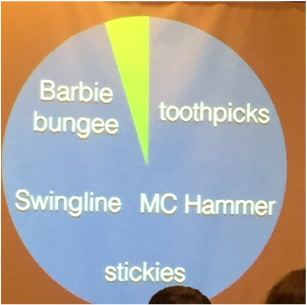
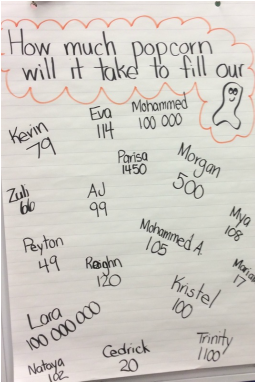
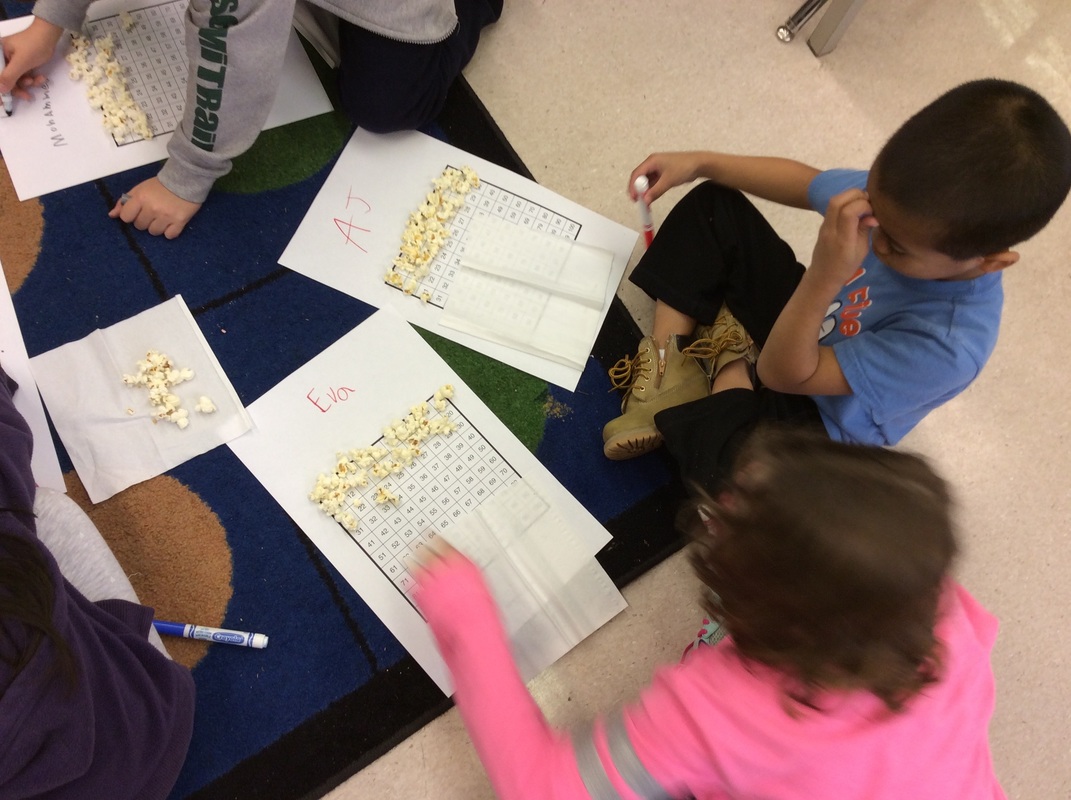
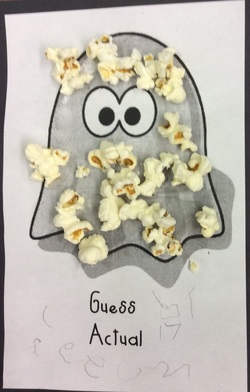
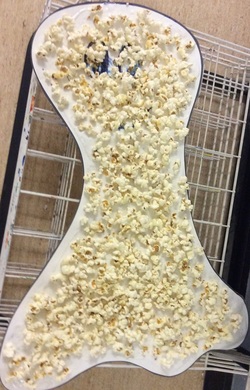
 RSS Feed
RSS Feed
